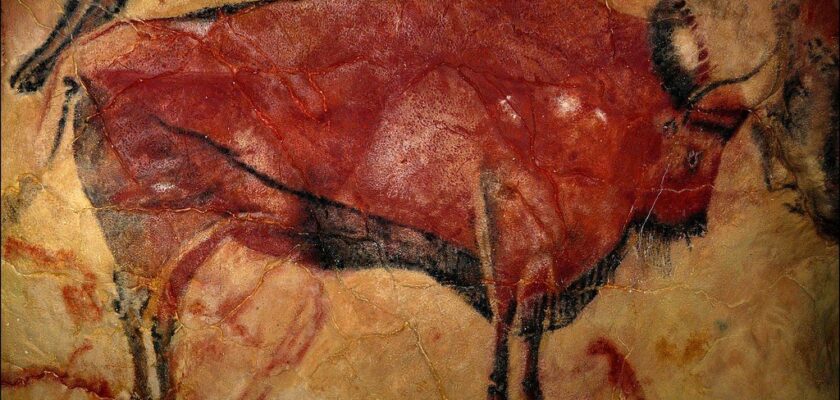Cave of Altamira (La cueva de Altamira)
The Cave of Altamira is a unique cave in Spain that preserves colored wall paintings from the late Paleolithic period. The cave is located near the town of Santillana del Mar, in the province of Cantabria, in the north of the country. It was designated a World Heritage Site by UNESCO in 1985.
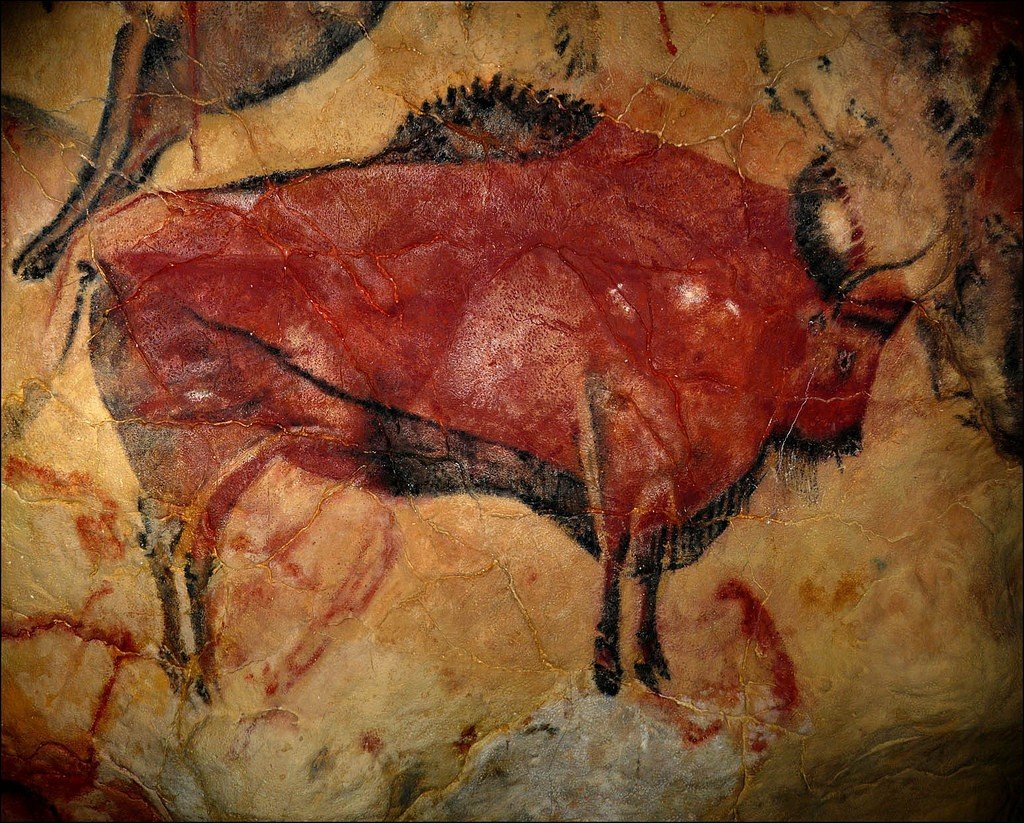
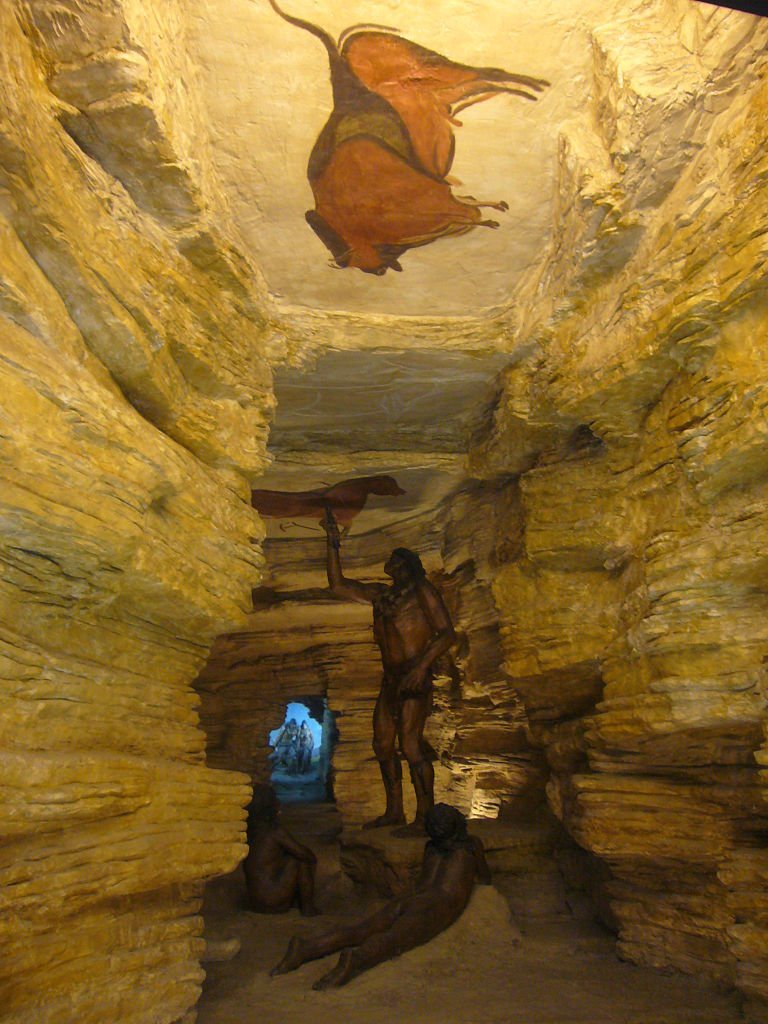
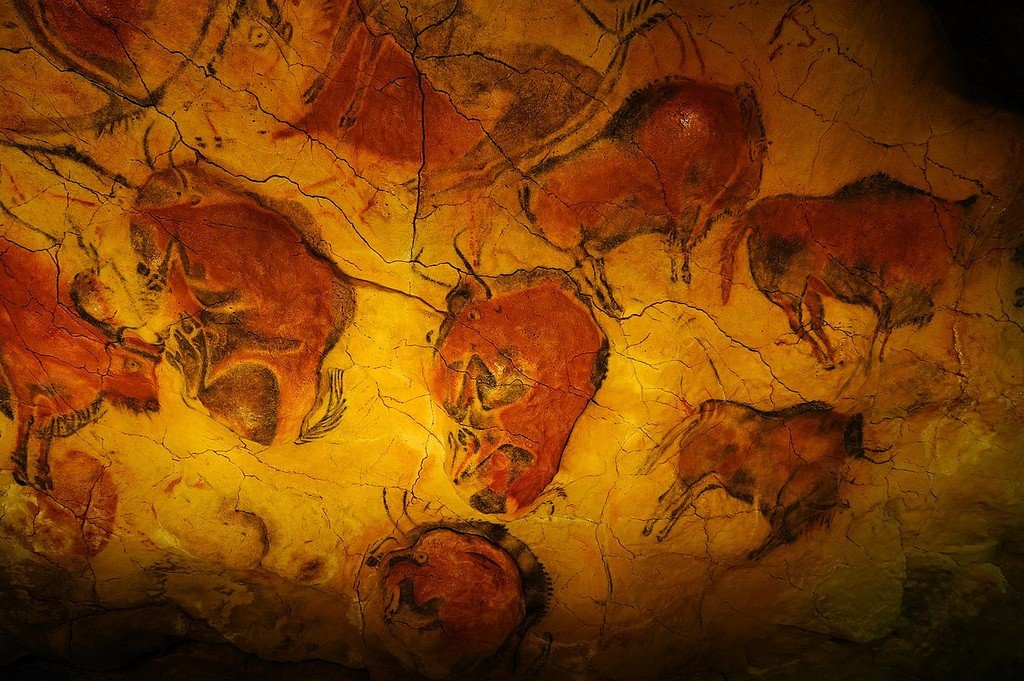
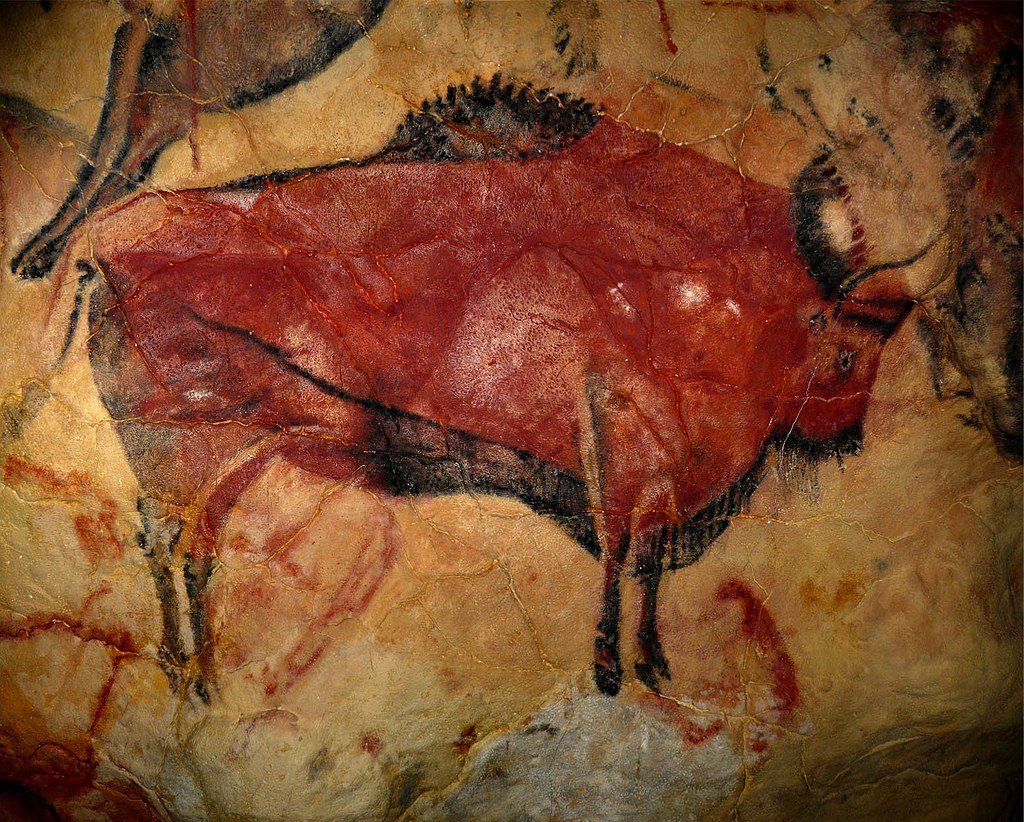
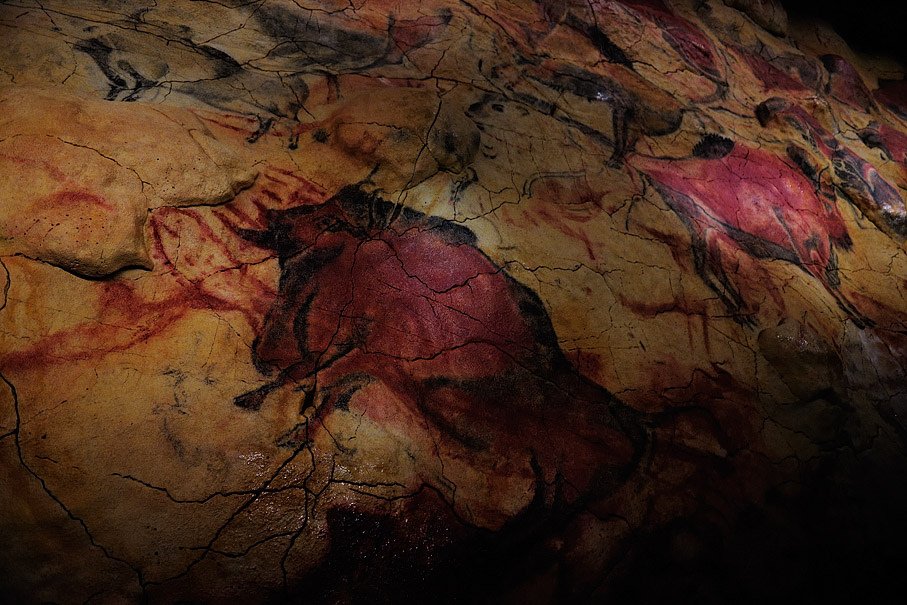
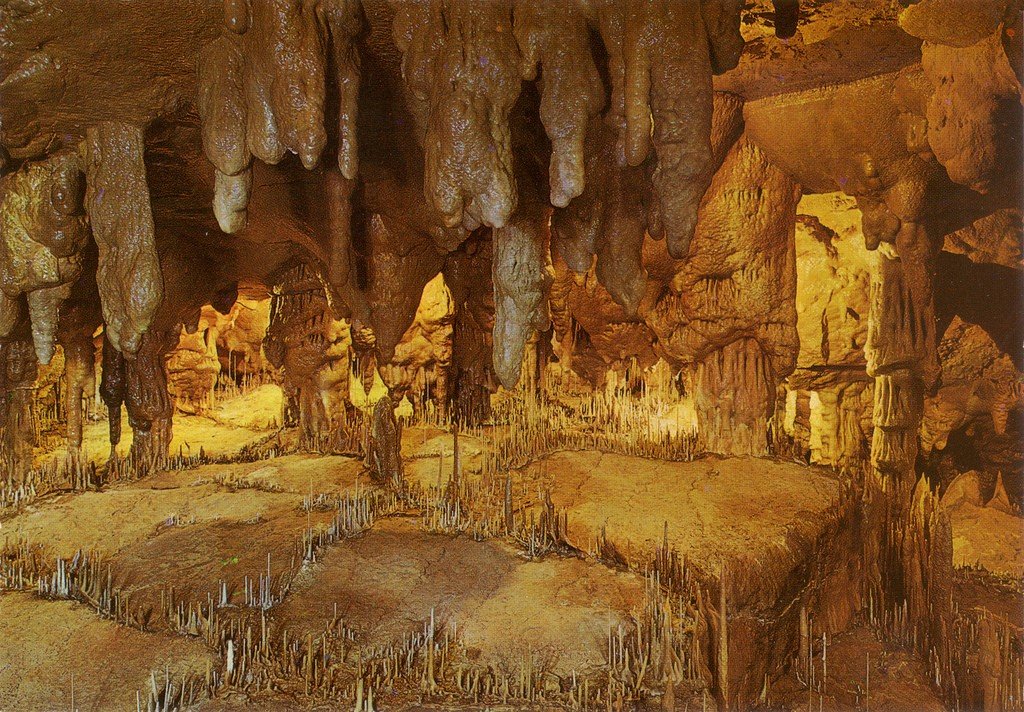
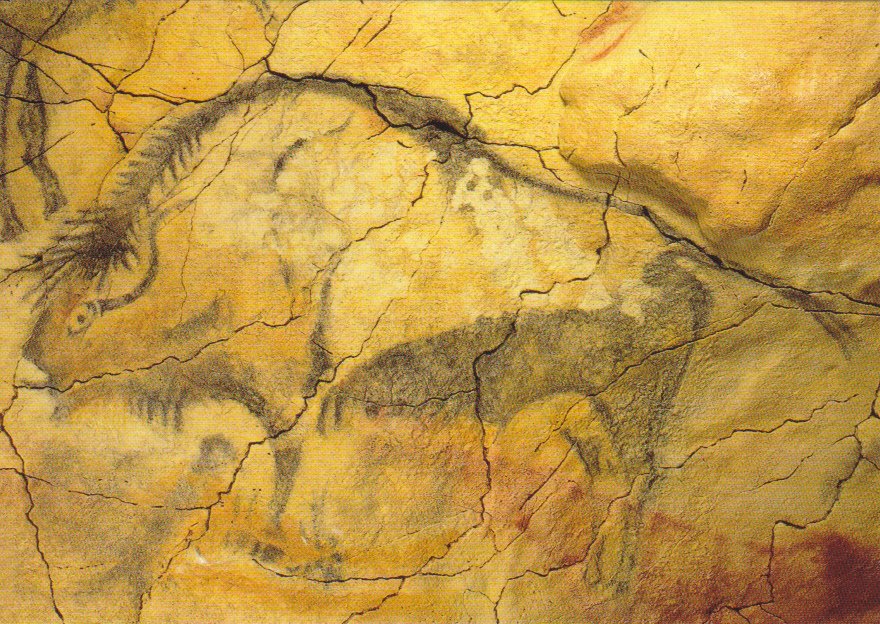
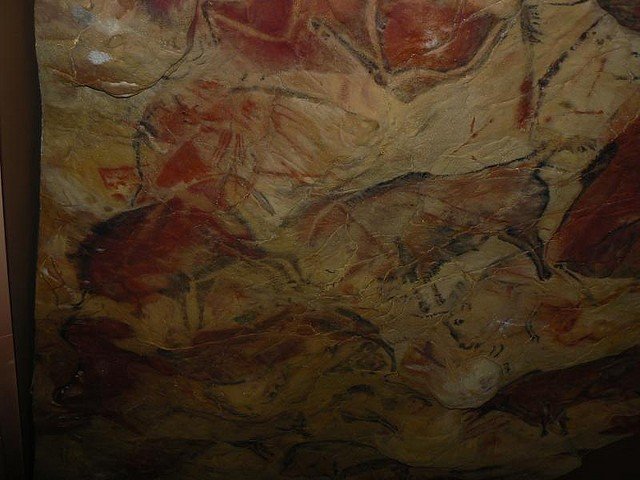
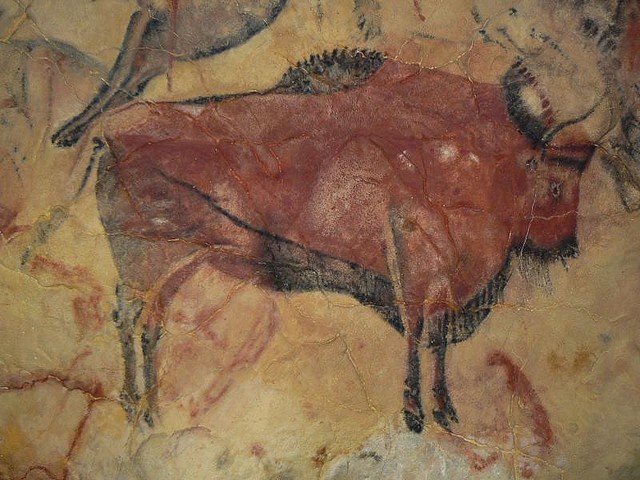
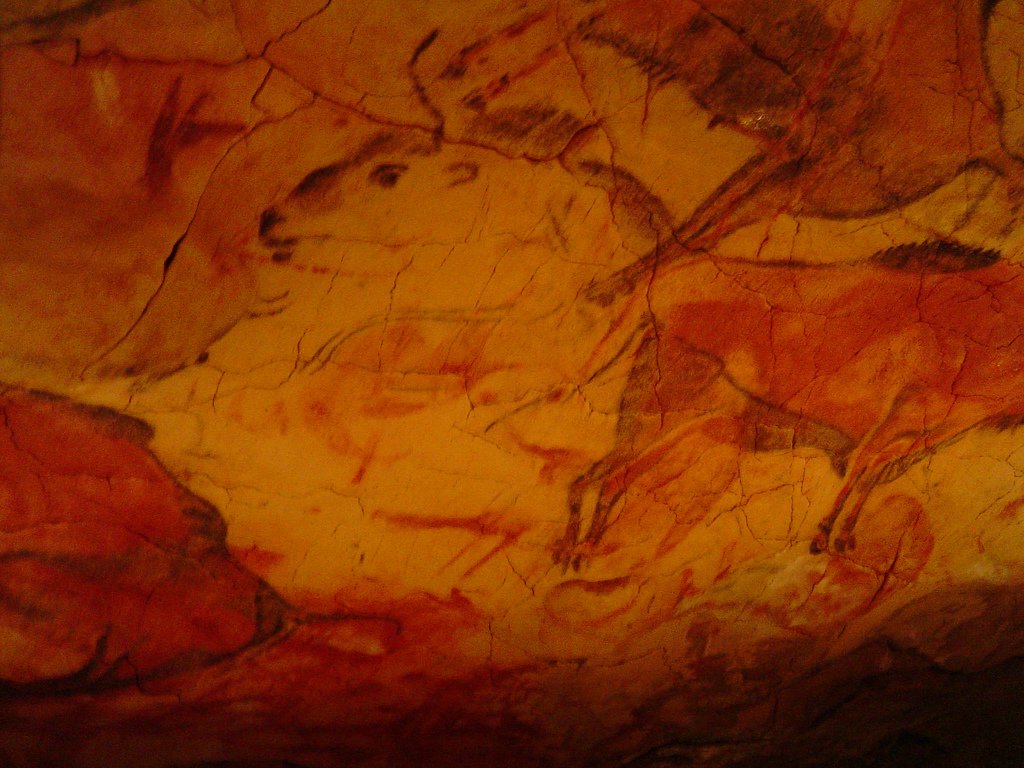
Video: Altamira Cave
” title=”YouTube video player” frameborder=”0″ allow=”accelerometer; autoplay; clipboard-write; encrypted-media; gyroscope; picture-in-picture; web-share” allowfullscreen>%https://www.youtube.com/embed/uUNODODUpkT2o” title=”YouTube video player” frameborder=”0″ allow=”accelerometer; autoplay; clipboard-write; encrypted-media; gyroscope; picture-in-picture; web-share” allowfullscreen>General Information
https://trevaladvisor.com/img%img/Peshera-Altamirareterte/Naskalnye-risunki-v-peshchere-Altamira.jpg” alt=””/>‘
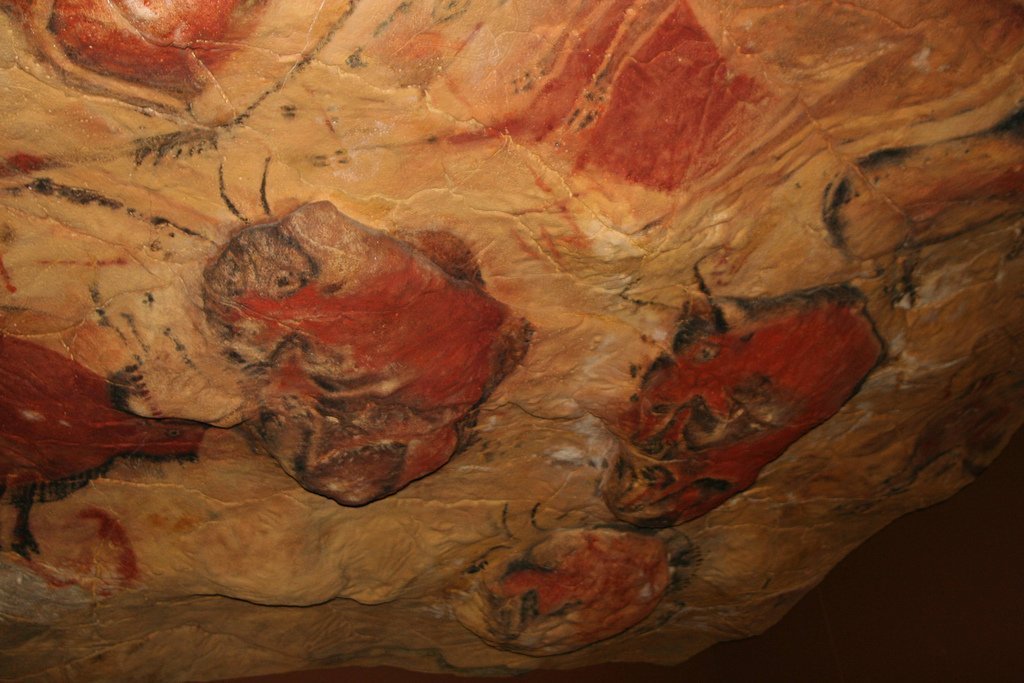
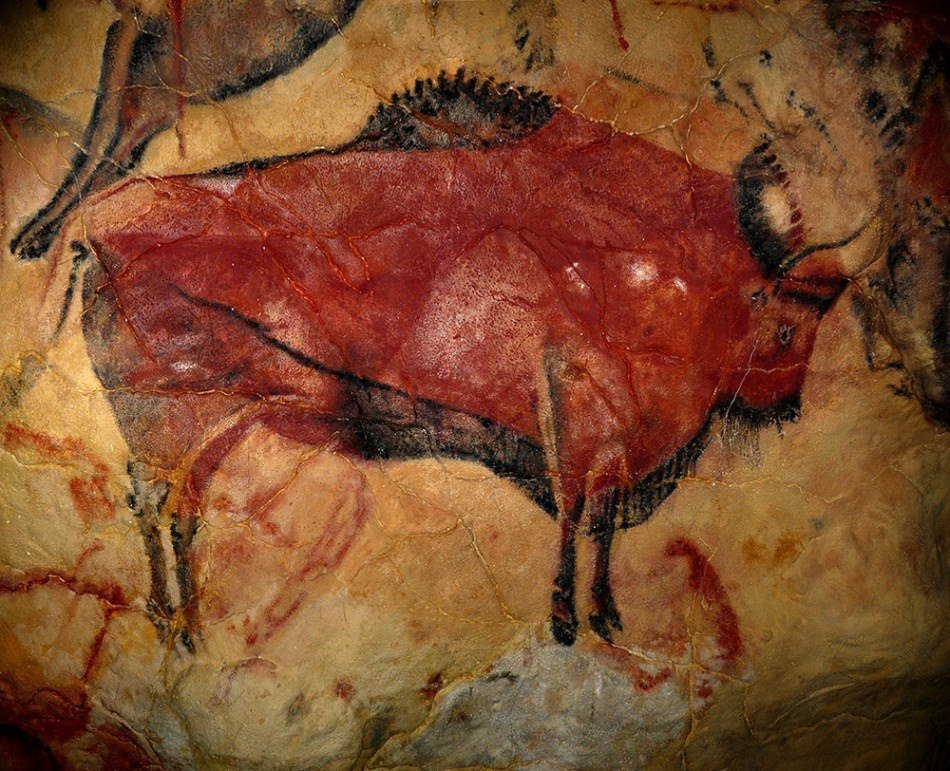
What you can see in Altamira Cave
The large plafond of the Altamira Cave has an area of about 100 m² and is entirely covered with colorful images. It has reduced drawings of bison and life-size images of animals. It is noteworthy that the primitive artists created them taking into account the relief. They drew on the bulges of the ceiling, so the images appear three-dimensional.
.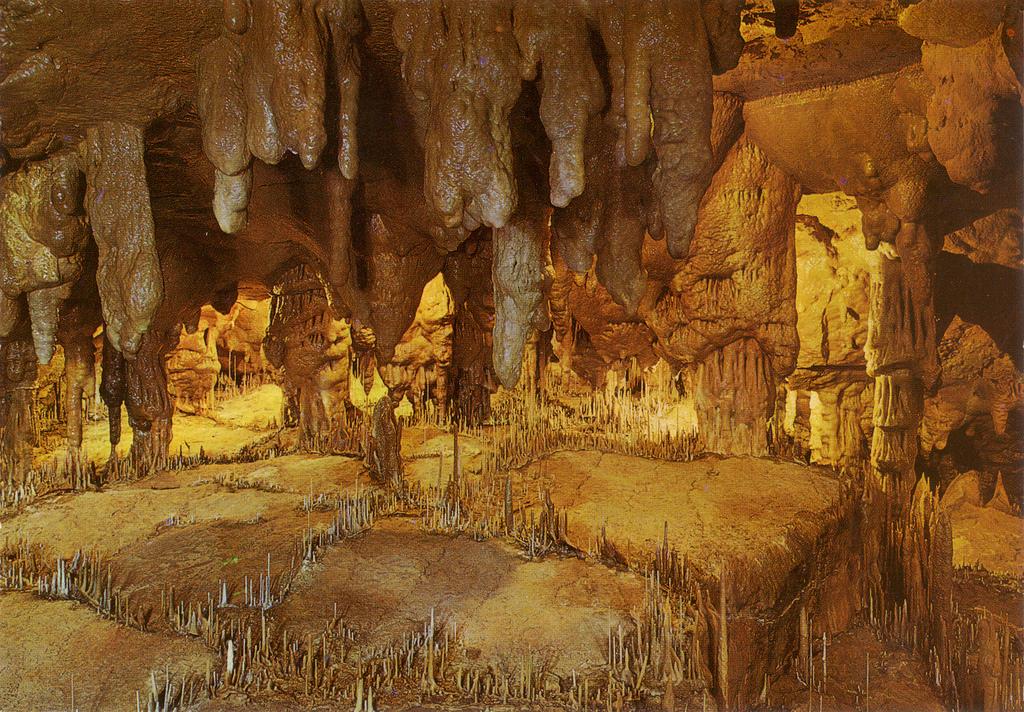
Everyone who has been to Altamira Cave is struck by the precise technique of the drawings. The lines are drawn with a firm hand and have no corrections. Animal figures look very dynamic, and movements and poses are conveyed with maximum realism. It is also curious that the ancient artists used the same techniques that many centuries later were “discovered” in painting, thanks to the Impressionists. According to researchers, all the drawings in the cave were created between 200 and 500 years, but it remains unknown what rituals people performed here.
.
These days, access to the unique cave is restricted. This is done to preserve the rock images for posterity. In a day inside can visit only a few people on a special pass, so the queue of those who want to see the miracle of Altamira Cave is scheduled for 3 years in advance.
.
Nevertheless, many travelers come to the area of the cave just to be near it. Near the entrance stands a simple stone monument dedicated to Marcelino Sanz de Sautuola..
Exact copies of the cave paintings are on public display at the Museum of Ancient History and Archaeology in the seaside town of Santander, 30 kilometers from Altamira Cave. The museum welcomes visitors on all days except Mondays. It is open: from May to October from 9.30 to 20.00, from November to April from 9.30 to 18.00. On Sundays and holidays, the exposition closes at 15.00.How to get there
From Russia you can fly to Santander with a connection in London or Madrid. The nearest airport to the city is located 18 km away, in Mallano. From the airport, Santander is reached by electric trains, shuttle buses and cabs. Santander is a major seaport, so there is a sea ferry here three times a week. The road from English Plymouth to Santander takes a day. From the city to the Altamira Cave can be reached by cab.
.